FREE Basic Embroidery Questions and Answers
What's the name of this kind of needlework that young girls would frequently learn as their first stitching technique?
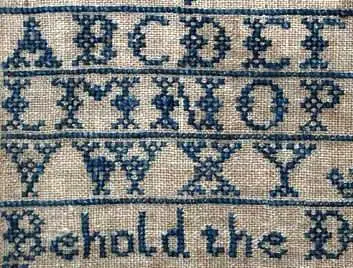
Basically, cross-stitch is exactly what it sounds like. A design is made with a sequence of cross stitches, or "x's". Typically, it was the very first stitch taught to a young girl. Cross-stitch was historically used to adorn napkins, handkerchiefs, and table runners. These days, pillows, wall hangings, and occasionally even greeting cards feature it.
What distinguishes crewel from crochet in particular?
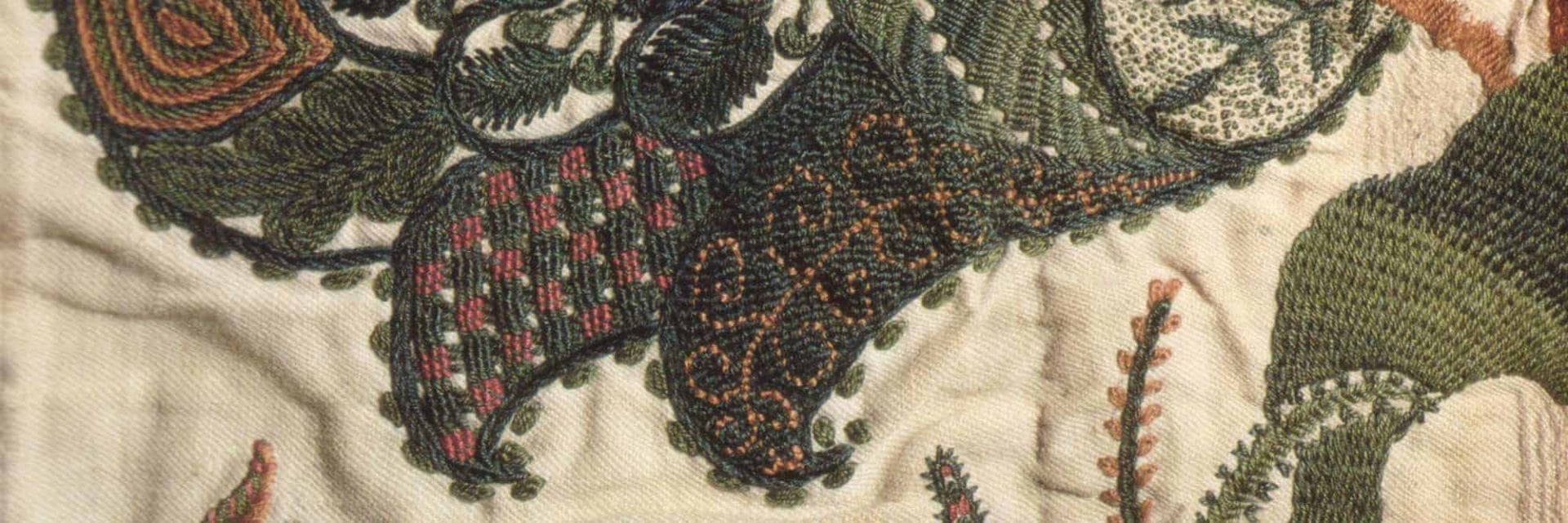
"Rather than using standard cotton embroidery thread, woolen thread is used for needlework called crewel. This image of a 1696 curtain demonstrates how a heavier relief can be achieved by using heavy wool thread. The design thickens significantly when using the heavier thread, but the stitches and designs remain the same. Furthermore, crochet is not the same as embroidery and typically does not require the use of thread; although fine cotton can be used, wool is used more frequently.
It also uses a crochet hook rather than any kind of needle."
Which of the following cultures is the source of the decorative reinforcement stitching known as sashiko stitching?
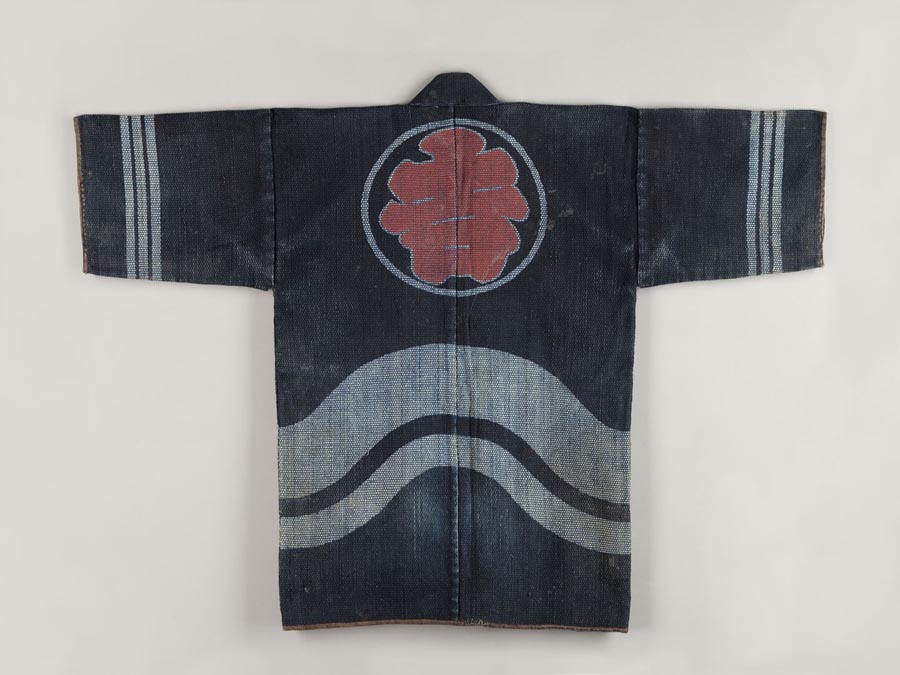
"Sashiko is a type of functional embroidery and decorative reinforcement stitching that originates from Japan. A simple running stitch is used in this folk art needlework to create a patterned background. The word alludes to the tiny stitches that are used, meaning 'little stabs'.
Originally, this type of needlework was used to strengthen or repair tattered portions of garments. It evolved into an art form due to its durability and beauty, going beyond just being a practical sewing technique."
Which of the following describes the process of creating decorative trim for clothing?
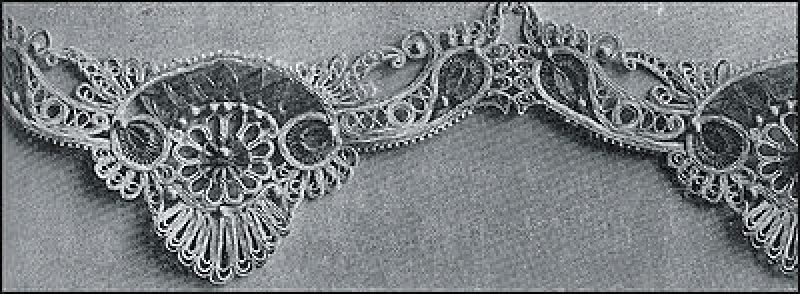
While the appropriate distance for putting out a fire can depend on the specific type of fire extinguisher and the nature of the fire, there is no strict universal rule stating a specific distance like 3 meters. However, it's generally recommended to stay at a safe distance from the fire while using a fire extinguisher to avoid potential hazards. When using a fire extinguisher, you should follow the manufacturer's instructions and guidelines provided on the extinguisher. These instructions typically include recommendations on the appropriate distance, aiming, and sweeping motions to effectively extinguish the fire.
Which of the following describes the use of these two needles, which are referred to as cable needles?
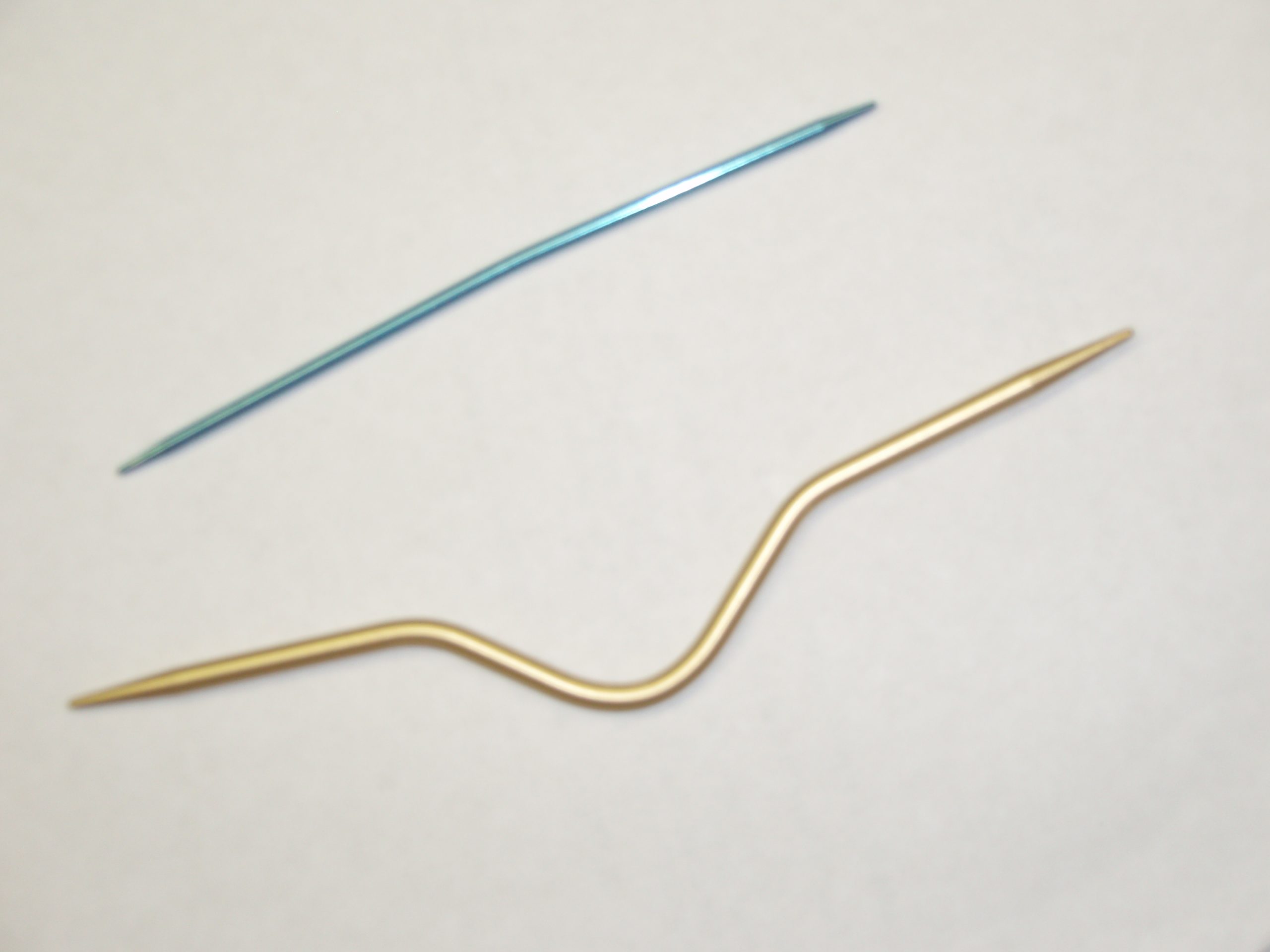
In knitting, cable needles are used to hold cable stitches in place as you work. They ought to have the same diameter as the knitting needles. When creating sweaters, cable stitches are typically utilized to create a design that resembles a rope and runs from top to bottom.
Suzani is a kind of needlework that has its roots in Mayan civilization.

Suzani is a kind of needlework that has its roots in Uzbekistan and other central Asian nations. These particular handcrafted quilts were typically created by a bride for her spouse. Suzanis originally had an embroidered sunburst, tulips, and teardrops on a neutral white or cream background.
To what does the term "reticella" refer?
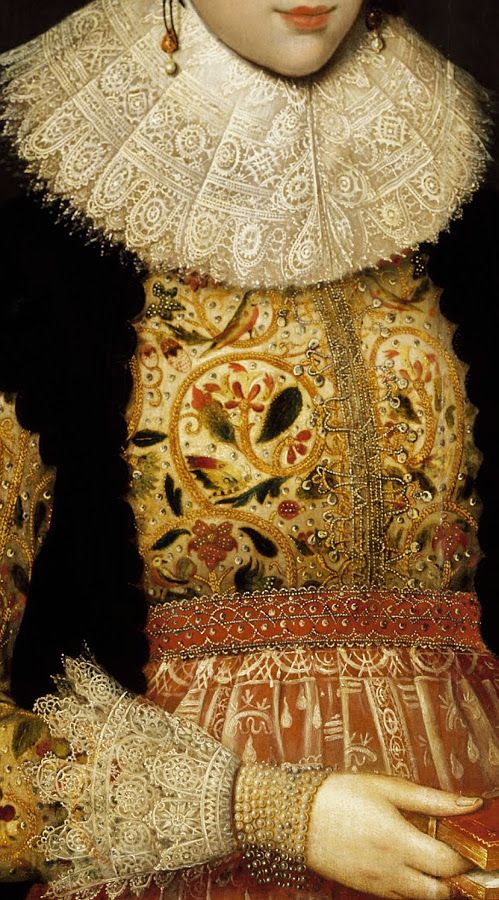
Reticella was an early form of lacemaking, having begun as a kind of drawn thread embroidery. This was constructed on a makeshift scaffolding to keep the lace stable as it was being constructed. Only nobility and members of the royal family wore this style of lace. The first examples of true needle lace appeared circa 1575.